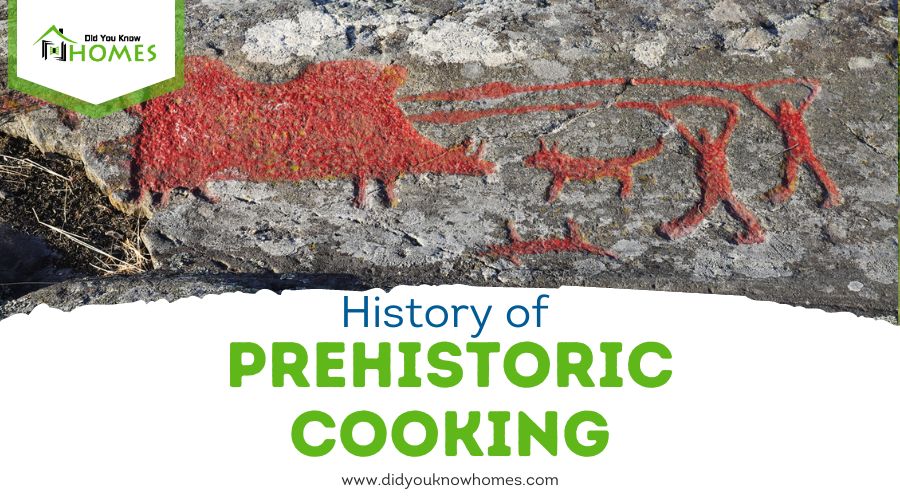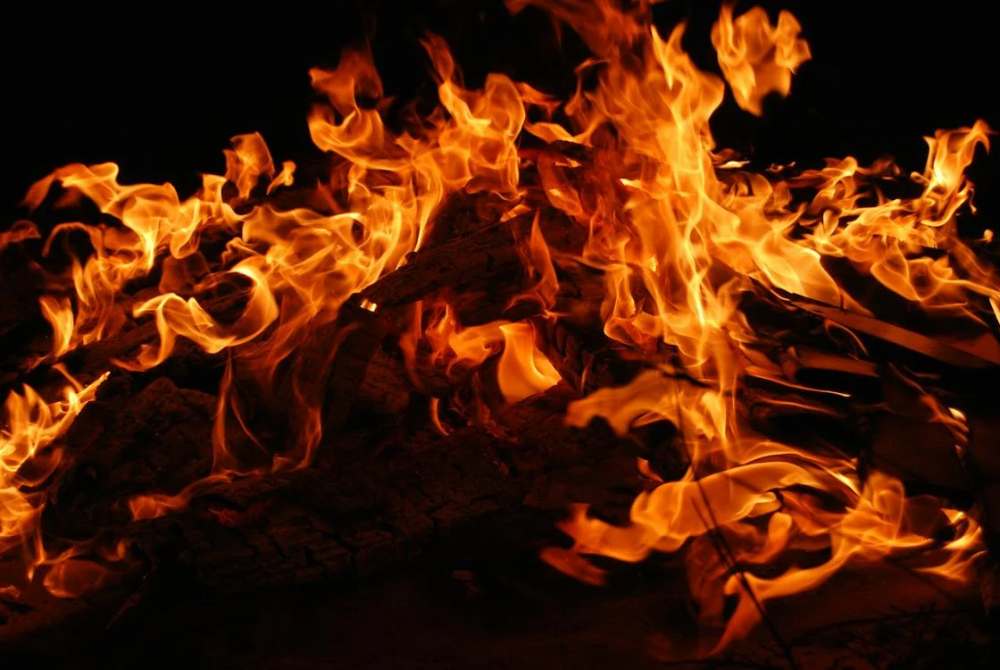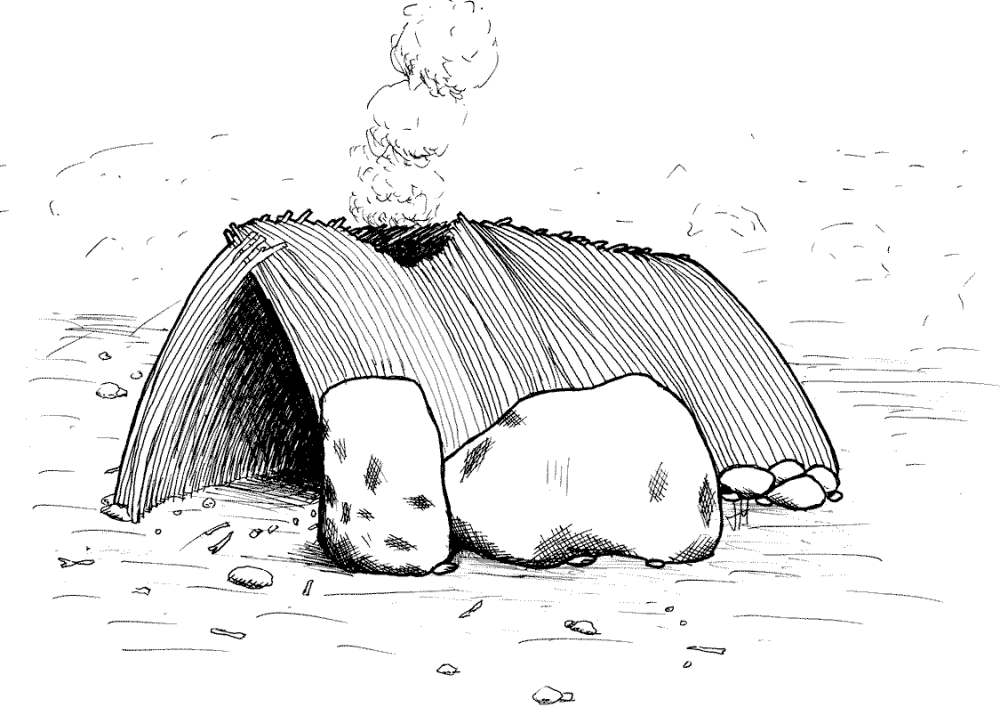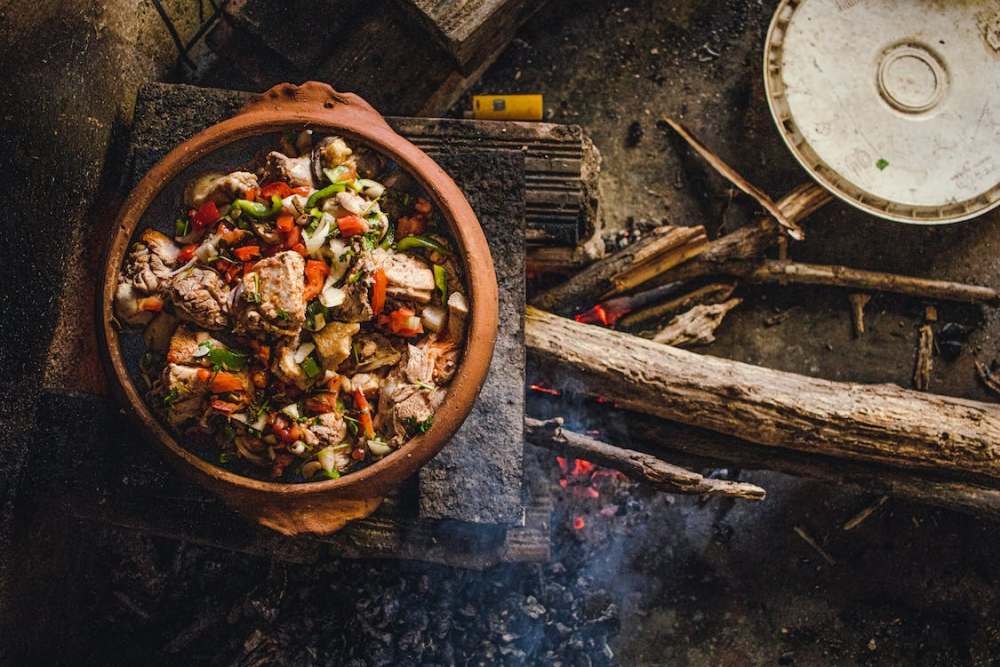The history of prehistoric cooking is a journey back to the roots of human civilization, tracing how our ancestors made their first culinary discoveries. Long before the advent of modern kitchens and cooking appliances, early humans were finding innovative ways to prepare food, transforming raw ingredients into more digestible and flavorful meals.
This article sheds light on the evolution of cooking practices from the Stone Age to the dawn of agriculture, revealing how these ancient techniques laid the foundation for today’s culinary arts. From the use of fire to the development of cooking tools, we uncover the ingenuity of prehistoric cooks and their impact on human diet and culture.
The Beginnings of Prehistoric Cooking
The origins of prehistoric cooking can be traced back to the discovery of fire, a milestone that dramatically changed human life and diet. Scholars estimate that early humans began to use fire for cooking between 1 million to 500,000 years ago, a period that coincides with the appearance of Homo erectus. The ability to cook food marked a turning point, allowing our ancestors to consume a wider variety of foods, including meat, roots, and vegetables, which were previously hard to digest or inedible when raw.
Cooking not only made food safer to eat by killing pathogens but also made it more palatable and easier to chew and digest. This, in turn, had profound implications for human evolution, including physical changes like the development of smaller teeth and jaws and larger brains. Early cooking methods were simple, involving direct heat from open fires. Evidence from archaeological sites shows that these early culinary techniques included roasting meat on sticks over a fire, grilling on hot ashes, and perhaps boiling in natural containers like animal hides or hollowed-out logs.
Cooking in the Paleolithic Era
The Paleolithic era, often referred to as the Old Stone Age, marks a significant period in the history of prehistoric cooking. Spanning from about 2.6 million years ago to approximately 10,000 years ago, this era witnessed the earliest known use of tools, not just for hunting and gathering but also for preparing food. As early humans roamed in search of sustenance, their diets primarily consisted of wild animals, fish, fruits, vegetables, nuts, and seeds. The mastery of fire during this time revolutionized their eating habits, allowing them to cook meat and plants, which introduced new flavors and textures to their meals.
Cooking methods in the Paleolithic era were necessarily basic. Early humans utilized the direct flame to roast meat and vegetables, a practice that not only enhanced the food’s taste but also made it easier to digest, unlocking more nutritional value. This era also saw the beginnings of social and communal eating practices, as cooking would have likely been a group activity centered around a communal fire. These early culinary experiments were crucial in human evolution, contributing to the development of social bonds and communication skills.
Cooking in the Neolithic Era
The Neolithic era, also known as the New Stone Age, represents a transformative period in the history of prehistoric cooking, dating from around 10,000 BCE to between 4500 and 2000 BCE. This era was marked by the advent of agriculture, which fundamentally changed human societies from nomadic hunter-gatherers to settled farmers. The domestication of plants and animals during this time led to the development of farming communities, and as a result, the human diet and cooking methods underwent significant changes.
With the cultivation of grains such as wheat and barley, along with the domestication of animals like cows, pigs, and chickens, Neolithic people had a more stable food supply, which allowed for more complex cooking techniques and the creation of new food types. For example, grains were ground into flour, leading to the production of bread, a staple that would continue to be a fundamental part of the human diet. Cooking pots and other forms of pottery developed during this era enabled the boiling and stewing of foods, expanding the variety of textures and flavors available.
Conclusion
Each era, from the Paleolithic to the Neolithic, brought about significant advancements that not only improved the nutritional quality of food but also fostered social cohesion and cultural development. The mastery of fire, the innovation of tools, and the advent of agriculture are milestones that underscore the ingenuity of early humans in their quest to make food more palatable, safe, and varied. These culinary practices laid the foundational stones for the complex cuisines and cooking techniques we enjoy today.




